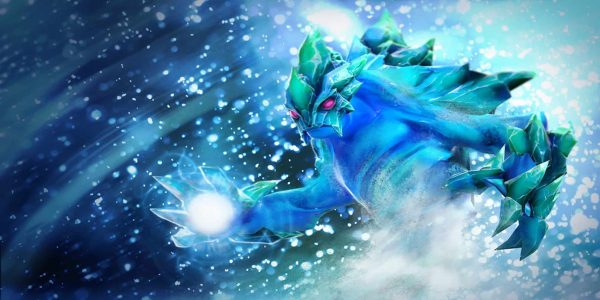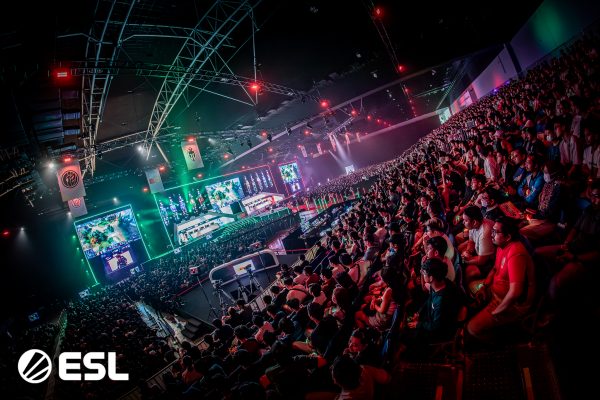As one of the oldest esports organizations in the world, it’s no surprise seeing Fnatic as a mainstay of the Dota 2 scene as well. It’s easy to take their presence in the game given how many squads they have in other titles — but getting to where they are now in Dota was not an easy task.
Fnatic is a formidable opponent in SEA Dota, but it wasn't always that way.
In fact, Fnatic has taken on many guises over the years in Dota. From beginnings as a mostly Serbian roster that never really saw any significant playing time, to their current form as a mixed Southeast Asian team, it took many tries for the organization to finally find their place in the Dota pro scene. These days they are one of the strongest teams in SEA, and continue to post first place finishes in tournaments in their home region.
The First of Many
Fnatic’s first ever Dota 2 roster was one acquired from Team GamersLeague in 2012. The lineup was composed of Serbian players like Nenad “grizine” Lukic and Gordan “g0g1” Prošić, two players who would go on to play for tier 2 European squads such as mYinsanity and Elements Pro Gaming.
The roster in question never played in any major or premier events, however, and Fnatic dropped them just four months later. What came after, though, was something that got Heroes of Newerth fans excited. Fnatic’s already popular HoN squad would be fully transferring to Dota 2 after the release of the Serbian roster.
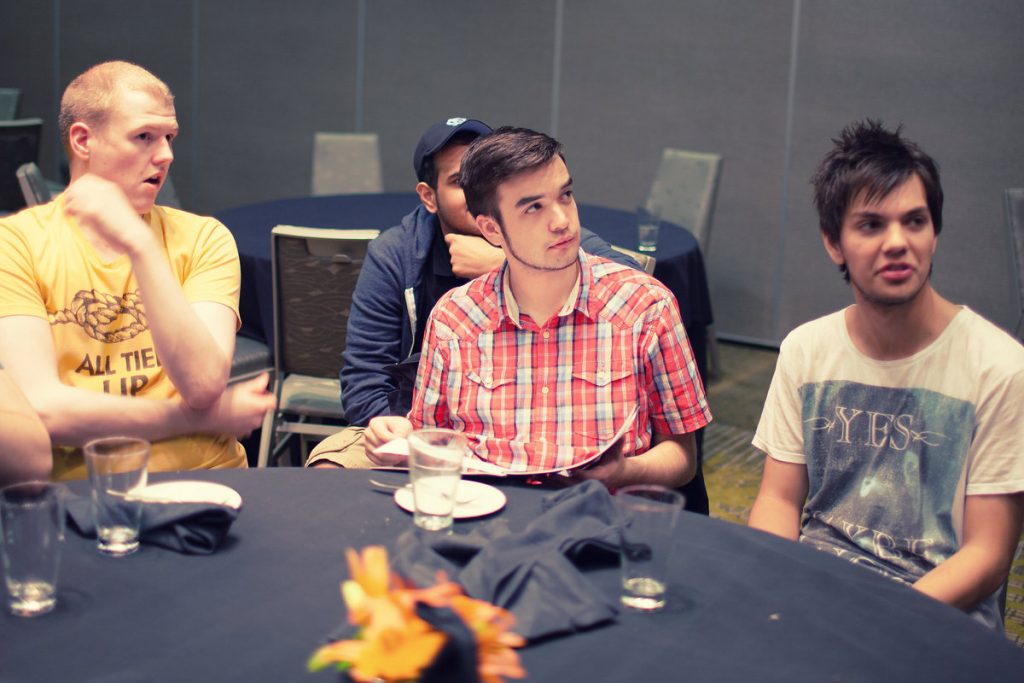
(Photo courtesy Valve)
This roster included Johan “n0tail” Sundstein, Tal “Fly” Aizik, Adrian “Era” Kryeziu, Kai “H4nn1” Hanbückers, and Jascha “NoVa” Markuse. The members had several premier tournament wins in HoN under their belts, though whether or not they would do well in a new game and a new competitive scene had yet to be determined. NoVa actually left the team just three months after joining, citing shifting priorities as the chief reason for his departure at the time. This opened the door for the team’s longtime friend and former HoN teammate Kalle “Trixi” Saarinen — thus completing the roster that would play together for the next two years.
Baby Steps
Unfortunately, it took the lineup quite a bit of time to find their rhythm in Dota 2. They spent most of their time in 2012 playing in weekly cups and the few trips they had to major events like StarLadder Star Series Season 1 and The Defense Season 2 ended with less than desirable results for the team. They were not invited to TI2, nor were they selected to participate in the western qualifier either.
Their luck finally turned in November at DreamHack Winter 2012 — which was familiar territory for them considering the many DreamHack titles they captured during their time as a HoN team. Although they didn’t win the event, they placed within the top four spots, putting them on the podium alongside No Tidehunter (which later became the TI3-winning Alliance squad) and the old Evil Geniuses roster with Clinton “Fear” Loomis and Jimmy “DeMoN” Ho.
Just over a week later, they won their first Dota 2 title at the Thor Open 2012, beating No Tidehunter two games to none in the Grand Final match. The team had finally found their place in the scene, and rode the momentum going into the new competitive season. Their reward: a direct invite to TI3.
A Taste of The Limelight
Fnatic entered TI3 not as heavy favorites, but a possible dark horse given their status as mainstays of the European scene at the time. They weren’t among the cream of the crop in the field at the event like Natus Vincere or TongFu for sure, but a good showing in the group stage allowed them to clinch a spot in the main event upper bracket.
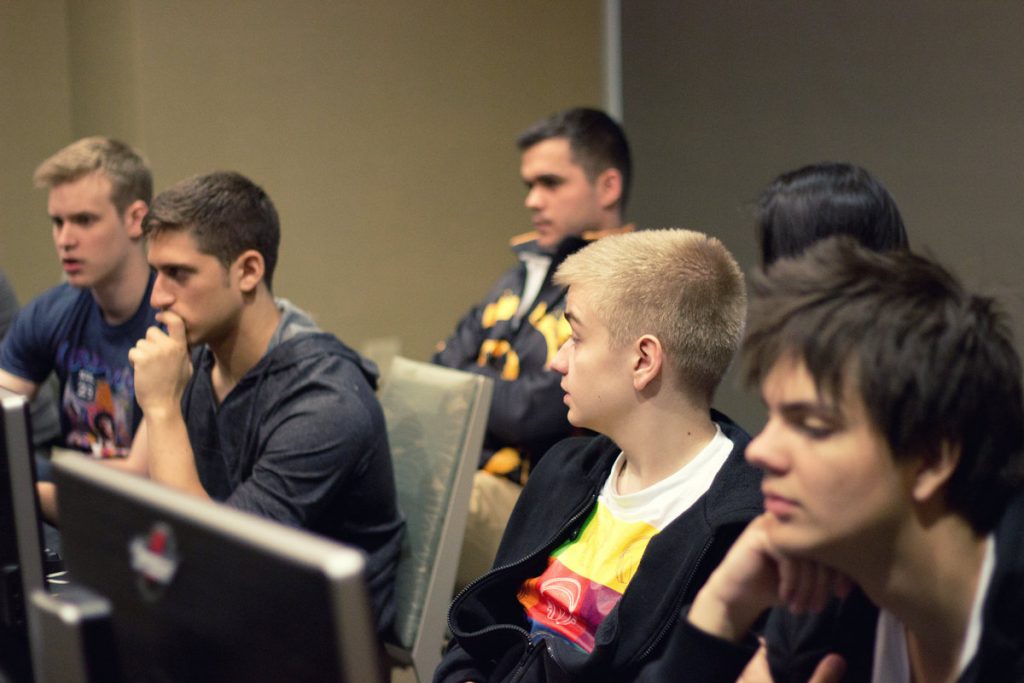
(Photo courtesy Valve)
Sadly they were booted out of the upper bracket from the get-go. TongFu showed no mercy and swept them in the first round, sending them straight away to the cutthroat elimination matches. Note that since this was 2013 and the event was a few days shorter than the standard 11-day tournament that we’re used to these years thus the first three rounds of the lower bracket were all sudden death games.
This meant that teams in the early rounds were all walking on eggshells — and Fnatic were no exception. They took care of business against LGD International, but were immediately eliminated by eventual bronze medalists Orange Esports in just one game in the succeeding round. Fortunately this allowed them to land in the money at TI3, as back then only those that made it to the top eight at least could win any prize money at all.
Still, it was clear that they were not satisfied with just being in eighth place, so the squad regrouped and looked ahead to the tournaments leading up to TI4.
Fnatic.EU’s Last Ride
Picking up right off after TI3, Fnatic continued to participate in the European scene in 2013. They didn’t really post any notable results until November, when they placed second at the DreamLeague Kick-Off Season against the TI3 runner-up Na’Vi squad. They followed this up just a week or so later with a second place finish at the RaidCall EMS One Fall season, falling just shy of the grand prize thanks to the efforts of Vici Gaming. More podium finishes at the Netolic Pro League West, Fragbite Masters, and the third season of the RaidCall Dota 2 League helped them build consistency as the year ended.
They kicked off January 2014 with a great run in the fourth season of the Dota 2 League, which saw them bag second place and $15,000 after losing to LGD Gaming in the Grand Finals — but first place gold at a premier event continued to elude them. They had a taste of it at the XMG Captains Draft Invitational that year, but given the offbeat nature of that tournament it wasn’t quite the result they’d been looking for.
Then came the MLG T.K.O. tournament, which finally broke their spell of close calls and near misses. Fnatic were on top once again, notching an important win in their bid to get invited to TI4. They followed this up two months later with third place at the HyperX D2L Western Challenge, second place at the Dota 2 Champions League, and top four at ESL One Frankfurt.
There was, however, an x-factor in their 2014 campaign that should not be ignored: the then-16 year old Steve “Xcalibur” Ye. See, Xcalibur was brought onto the team as a stand-in for Era just two months before TI4, as a result of the latter’s deteriorating mental health and the organization’s decision to sit him out during key events. Fueled by the young gun’s marvelous talent at the solo mid position, Fnatic were able to place well in the aforementioned events and secure themselves an invite to TI4.
Of course, Era did end up playing at TI4 despite his mental health problems, as it was mandated by Valve that Fnatic was to field him or forfeit their direct invite. Even with their full squad at the event, though, they failed to even make it to the main event — as they did not place well enough in the second phase of the group stage.
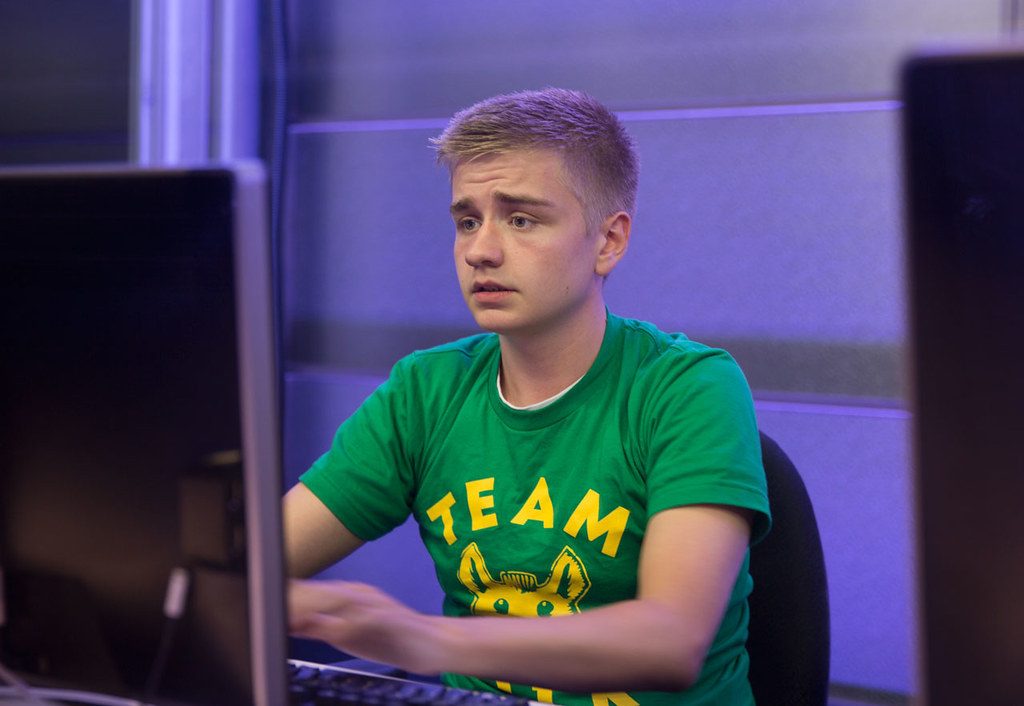
(Photo courtesy Valve)
It didn’t even take until the end of TI4 for the group to splinter. After two years of playing competitively together, Fnatic’s roster of former HoN champions was no more. Era was the first to leave the team on August 20th, 2014, followed by Fly and n0tail on the 27th. Trixi and H4nn1 likewise departed the organization for good over the months following TI4 — and Fnatic have not fielded a European team ever since.
Of course, n0tail went on to win two Internationals himself years later, but he did this under a different organization altogether.
Southeast Asian Persuasion
Without any players under its banner for the first time since the organization opened its Dota 2 division, Fnatic was unseen in the competitive space for a whole eight months. On June 4th, 2015, however, they officially announced their acquisition of Team Malaysia, composed of some former Orange Esports members like Chai “Mushi” Yee Fung along with a few new faces such as the young Fadil “Kecik Imba” Raziff.
This marked the first iteration of Fnatic’s SEA squad, which would immediately make a splash on the scene by placing third at the joinDOTA MLG Pro League. Two weeks later, they would place within the top eight at ESL One Frankfurt — and these two results would be just enough to get them invited to TI5.
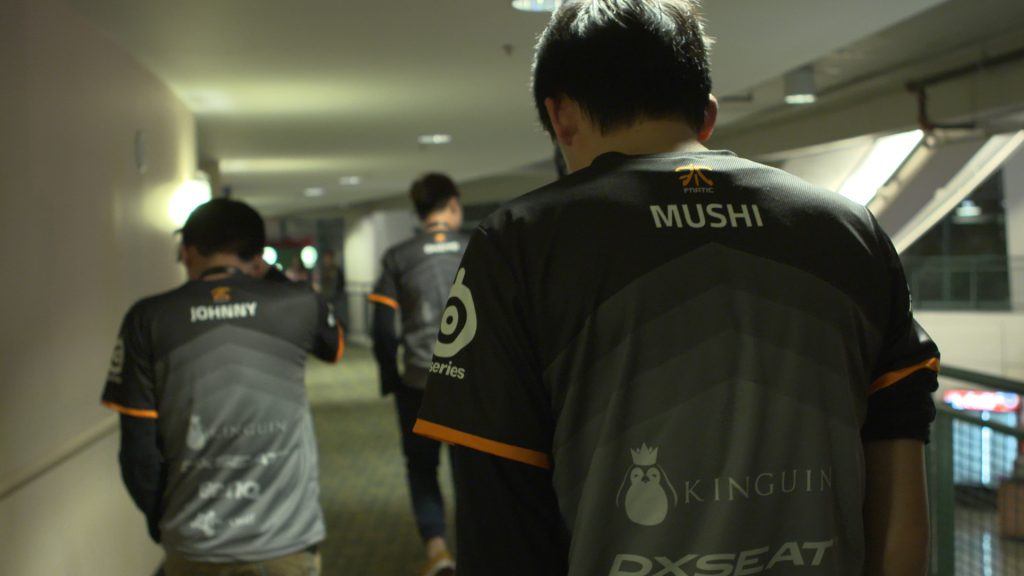
(Photo courtesy Valve)
Sadly, the first run of this new all-Malaysian roster ended in disaster. Not only did they place seventh out of a group of eight teams, but they also failed to even survive the first round of the lower bracket. Three of the original members left straight away as a result, leaving just Mushi and Khoo “Ohaiyo” Chong Xin to fend for themselves.
Several days later though, Fnatic signed the three replacements they needed to fill the gaps: namely, German veteran Dominik “Black^” Reitmeier, Mushi’s former teammate Wai Pern “Net” Lim, and rising Filipino star support Djardel Jicko “Dj” Mampusti. With their new lineup, Fnatic set their sights on the 2015-2016 season and TI6.
Dj Got Us Fallin’ In Love
It took awhile for the refreshed lineup to find its rhythm. In fact, Black^ opted to leave the squad only four months after joining, prompting the organization to look for a new mid laner. Thus, they turned to Yeik “MidOne” Nai Zheng, who was scouted by team manager Eric “ReiNNNN” Khor after he made waves in the Malaysian competitive scene that year. MidOne would become an integral part of the squad going forward, spending nine months with the team and helping them place well in the events that followed his signing. Adam “343” Shah also joined the main roster early in the year, replacing Net after serving as the team’s official substitute for that season.
But what really allowed Fnatic to elevate themselves to the next level was the breakout year that Dj was having in 2016. Solidifying himself as the undisputed best Filipino player in the world, he was the key to Fnatic’s success that season — particularly at the Manila Major and StarLadder i-League StarSeries where they finished sixth and third respectively. His immense prowess with Enigma allowed him to really make a name for himself in these events, especially in clutch situations where his team needed game-changing Black Holes.
He and the rest of the lineup would carry their mid-2016 momentum into TI6, qualifying for the world championship via the SEA qualifiers. They blazed a white-hot trail through the field in Seattle, shattering expectations and proving that they were indeed the kings of the Southeast Asian scene. Rallying after a rather middling performance in the group stage, they proceeded to rampage through the lower bracket, knocking out marquee squads like Alliance, Team Liquid, and MVP Phoenix along the way.
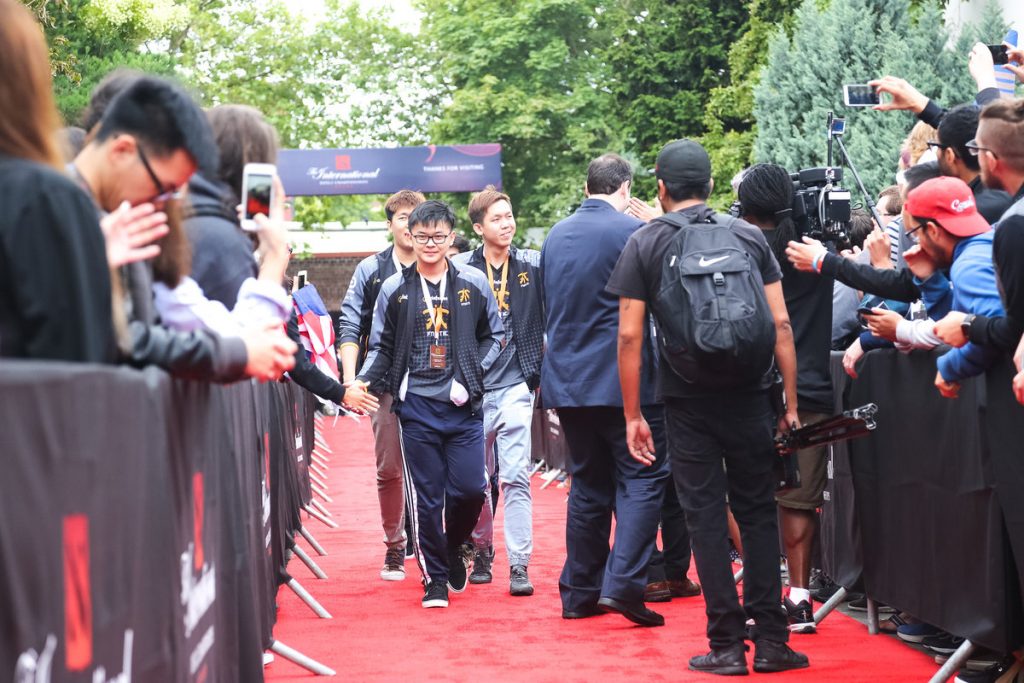
(Photo courtesy Valve)
Their streak was finally ended by Digital Chaos, who went on to face eventual champions Wings Gaming in the Grand Final match. Despite not making it to the championship round themselves, Fnatic definitely left their mark on the world of Dota as a whole by finishing fourth at The International — the organization’s best finish at the event to date.
Nevertheless, their failure to get to the Grand Finals prompted Dj, MidOne, and 343 to consider other options going forward. MidOne would of course go on to play for Clement “Puppey” Ivanov in Team Secret, while Dj returned home to the Philippines to reunite with his old team Execration. 343 would follow him in this regard, but it wasn’t long before the two would make their return to Fnatic.
A Period of Turmoil
After their rousing performance at TI6, the following season was less than kind to Fnatic. They experimented with several different rosters during this time, though none were ever particularly effective until Dj came back in April 2017. Joined by Ohaiyo (who had also made his return to Fnatic that year), former MVP Phoenix members Kim “QO” Seon-yeop and Kim “Febby” Yong-min, and Lai “Ahjit” Jay Son, Dj helped the squad qualify for TI7 that year.
Despite making it to the tournament, though, their results were even worse than what the all-Malaysian roster posted at TI5. They went out dead last at TI7, sharing the shame with HellRaisers who finished ninth in their group as well. This was an especially dark time for Fnatic as a Dota 2 team, causing Ahjit, QO, and Febby to make way for another shift in the lineup.
At the very end of TI7, Fnatic announced that they would be taking on Jacky “EternaLEnVy” Mao, Johan “pieliedie” Åström to fill in the holes left by the departing players. Xcalibur also saw it fit to return to the organization during this time, though he was replaced by the young gun Abed “Abed” Yusop just a few months later. Ohaiyo would likewise opt to leave the team shortly after the year turned, and was replaced by TI5 champion offlaner Saahil “UNiVeRsE” Arora in January 2018.
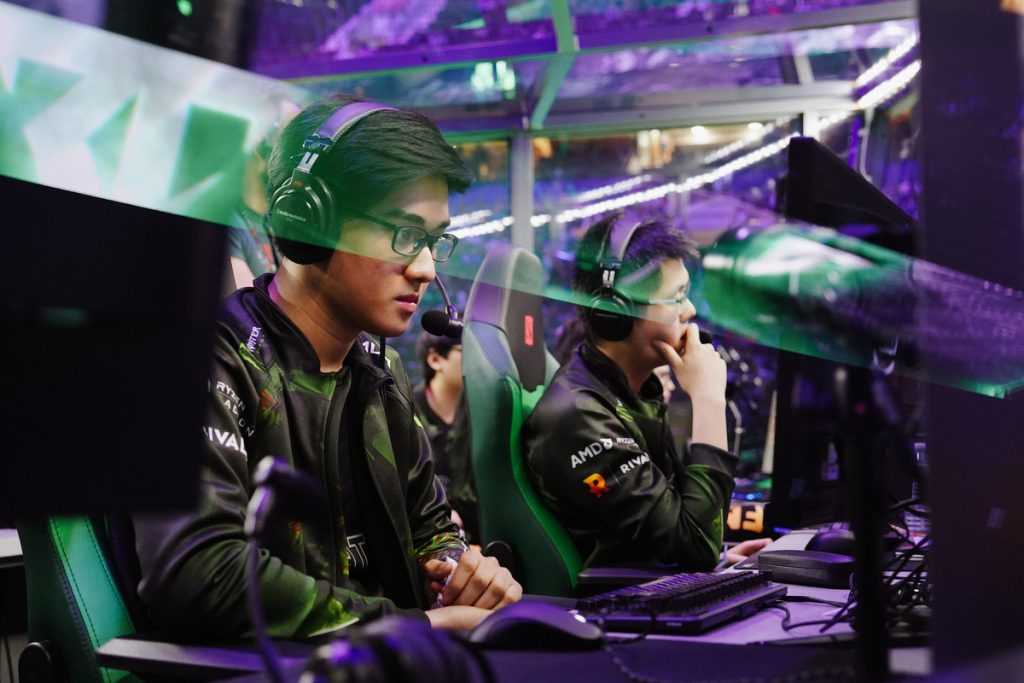
(Photo courtesy Valve)
This new mixed roster was interesting to say the least, but they were unable to win any premier events that season. They were typically found within the top four spots at tournaments like ESL One Katowice and ESL One Birmingham, but they were unable to gather enough Dota Pro Circuit points to get a direct invite to TI8.
They eventually qualified for the tournament as expected, but another finish in the bottom four meant another failed campaign for them at The International. True enough, EternaLEnVy, UNiVeRsE, and pieliedie all left the roster shortly after.
Once Again Through the SEA
To recoup their player losses after TI8, Fnatic brought in a few familiar faces. The ineffable Daryl “iceiceice” Koh Pei Xiang joined as the offlaner, while Pyo “MP” No-a sat himself down in the carry position. Anucha “Jabz” Jirawong, iceiceice’s old compatriot in the now-defunct Team Faceless, also hopped on board as the position 5 support. This meant that the team had committed to fielding an all-SEA roster yet again after two years. This lineup would go on to qualify for the 2018 Kuala Lumpur Major and the 2019 Chonqing Major — and place within the top eight and top six of these events respectively.
It was clear then that the squad definitely had potential, which they made good on at DreamLeague Season 11 in particular. They placed third at that tournament, and seemed poised to ascend to the next level with the kind of momentum that they had. Sadly, it all came crashing down in the next two majors, with only 13th-16th placings to show for it at MDL Disneyland Paris and EPICENTER.
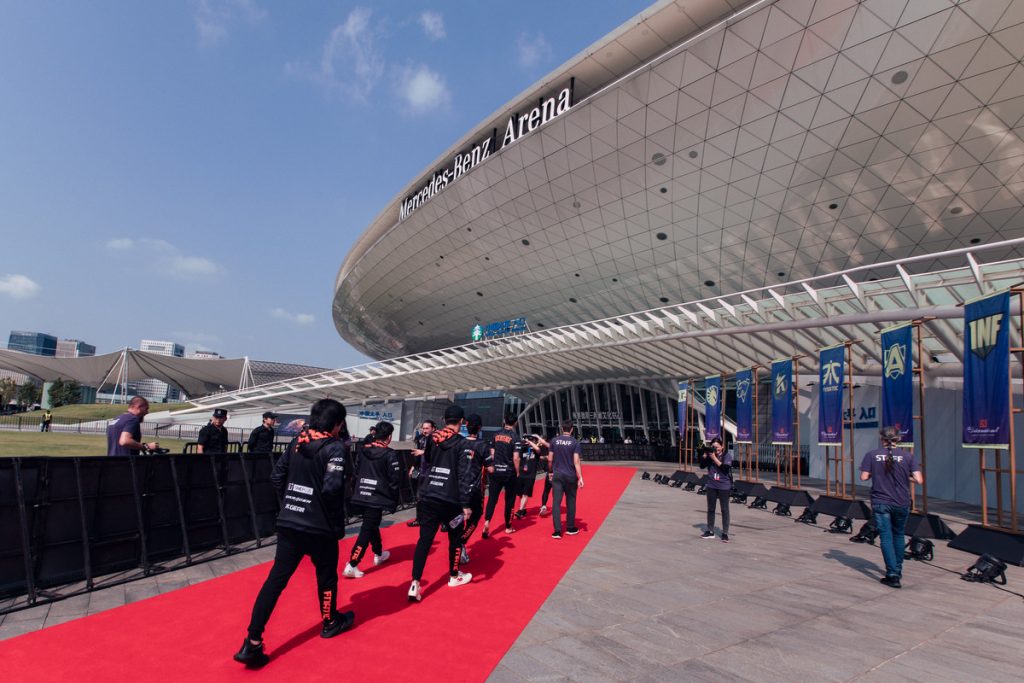
(Photo courtesy Valve)
These results were enough to prompt MP to leave the team outright, which meant that Jabz had to shift roles to cover his absence. Meanwhile, coach Kim “DuBu” Doo-young stepped in to fill the support role that Jabz pivoted out of.
Regardless, they did end up placing seventh in the Pro Circuit standings, which meant another trip to The International was in order. What happened to them at TI9, on the other hand was anything but exciting. Fnatic once again faltered on the big stage and went out just above the bottom two spots. The potential that they showed in the early goings of the season had all but disappeared — but it was not the last we would ever see of Fnatic.
A Promising Future
After another dismal run at The International, iceiceice and Dj in particular soldiered on and opted to stick with the team going forward. Abed left for bluer pastures over at Evil Geniuses, though, which meant that they needed a new mid laner to replace him. Likewise, they were also in the market for a new carry player after Jabz went back to his comfort zone as a hard support.
Enter Kam “Moon” Boon Seng and Nuengnara “23savage” Teeramahanon. Moon had been a part of Mineski for more than two years at this point, and had plenty of experience playing in high-pressure tournaments. In fact he had even captured a Pro Circuit Major title with Mineski, thanks to their supreme efforts at the 2018 Dota 2 Asia Championships. Indeed, Moon has been a solid addition to the current roster thus far, and continues to improve his game today.
Meanwhile, 23savage has really settled into his role as the hard carry in spite of his very young age. Before the COVID-19 pandemic shut LANs down, he led the team to a 3-0 sweep of the DOTA Summit 12 Grand Finals, but not before gathering valuable experience at the Chengdu Major and the DreamLeague Season 13 Leipzig Major first. The young man absolutely represents the future for Fnatic, and will likely become a star in his own right if he is able to really absorb the wisdom of the veteran teammates that surround him.
True enough, both Moon and 23savage have allowed Fnatic to retain their status as the kings of the Southeast Asian Dota 2 scene. Their fantastic results at the BTS Pro Series and ESL One online tournaments speak for themselves, and it wouldn’t be surprising to see them bag some more gold medals in the region while waiting for the global crisis to end and for LANs to make a comeback. And although the tenth International has been postponed until 2021, we’re sure that they have what it takes to try again for the coveted Aegis of Champions once it’s safe to do so.
